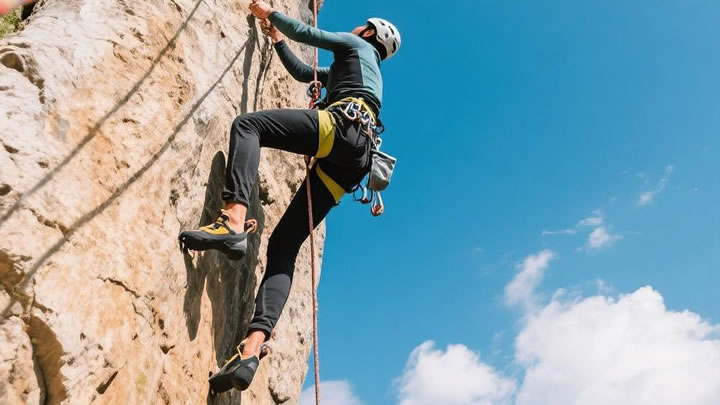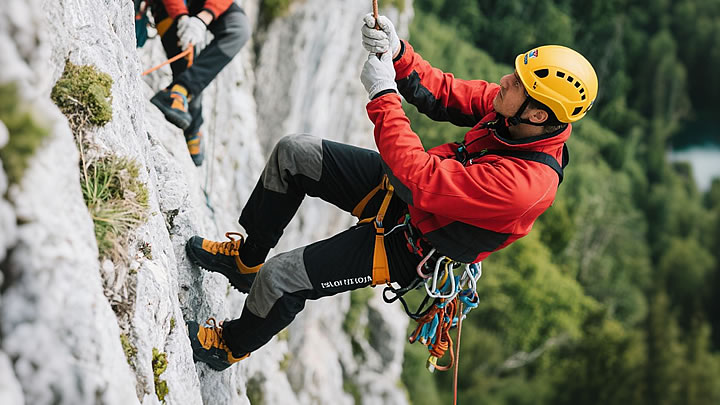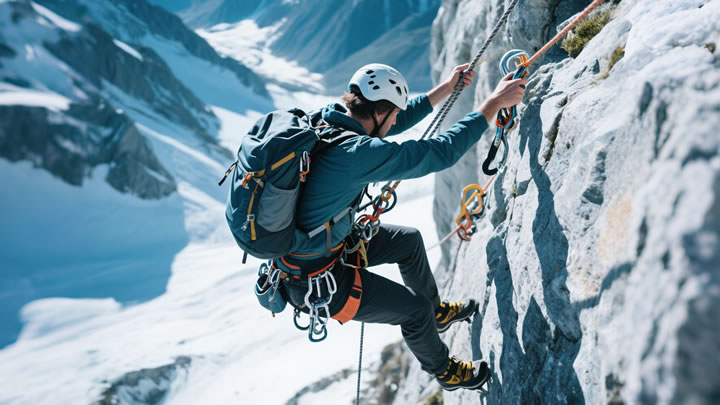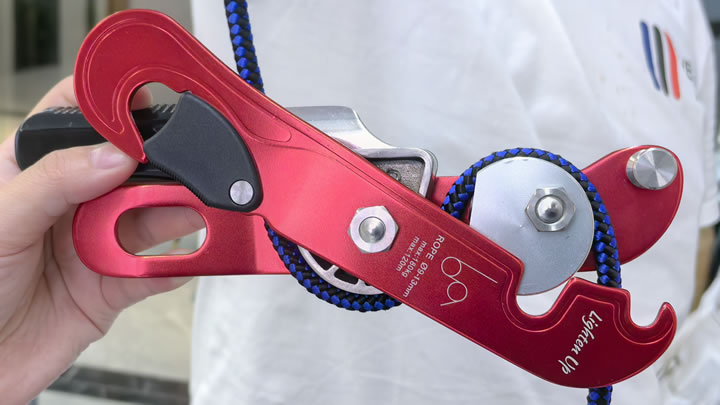Multi-pitch climbing with Climbing Descent STOP
Wednesday, August 20, 2025
- Multi-pitch climbing, with its vertical journeys across connected rock segments, demands gear that balances reliability, efficiency, and safety. The Climbing Descent STOP emerges as a pivotal tool in this arena, streamlining descents between pitches while mitigating risks. Understanding its role in multi-pitch scenarios—from gear selection to field techniques—can transform your climbing experience, whether you’re tackling alpine routes or craggy multi-pitch walls.
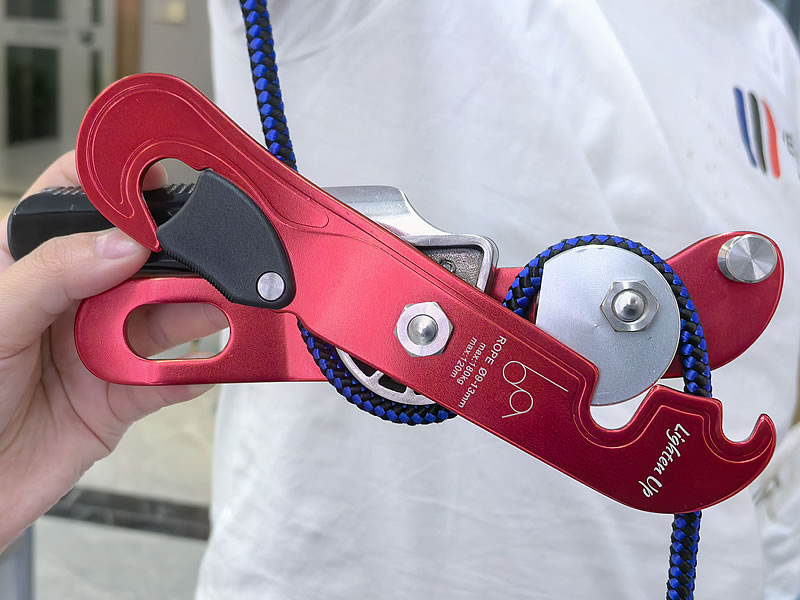
- Why Climbing Descent STOP Excels in Multi-pitch Settings
- Multi-pitch climbing involves repeated ascents and descents between anchors, where every second and every ounce of gear matters. The Climbing Descent STOP outperforms traditional descenders in three key ways:
- Controlled Speed: Unlike friction-based devices that require constant adjustment, the STOP uses a cam mechanism to regulate descent speed automatically. This is critical when navigating overhangs or uneven terrain between pitches, where sudden shifts in weight can cause unpredictable slips.
- One-Handed Operation: When transitioning between pitches, climbers often juggle ropes, anchors, and harnesses. The STOP’s ergonomic design allows one-handed control, freeing the other hand to manage carabiners or anchor points—a game-changer for solo climbers or teams working efficiently.
- Durability in Variable Conditions: Multi-pitch routes expose gear to dust, moisture, and abrasion. Premium STOP models (like Petzl’s STOP Rescue) feature stainless steel components and anti-corrosion coatings, ensuring consistent performance even after hours of use in harsh environments.
- Step-by-Step: Using a STOP in Multi-pitch Descents
-
- Anchor Setup: At the top of a pitch, secure the STOP to the anchor with a locking carabiner, ensuring the device is oriented with the rope slot facing downward. Double-check that the anchor can handle the load—multi-pitch anchors often bear weight during both ascent and descent.
- Rope Threading: Thread the rope through the STOP’s main slot, following the manufacturer’s direction (typically “rope in, cam out”). For twin ropes (common in multi-pitch), ensure both strands are properly aligned to avoid tangling during descent.
- Load Testing: Before committing fully, apply light pressure to the rope to confirm the cam engages. A subtle “click” indicates the mechanism is active. This test is non-negotiable—especially after switching pitches, where rope tension or debris might affect performance.
- Descent Execution: Lower yourself slowly, maintaining a firm grip on the rope below the STOP. The device will self-regulate speed, but keep a hand on the rope to adjust for obstacles like overhangs or loose rock. Communicate with your partner via rope signals if descending as a team.
- Transition to Next Pitch: Once at the lower anchor, unclip the STOP from the upper anchor and reattach it to the new anchor point. Inspect the rope for fraying or twists before proceeding—multi-pitch routes often create rope drag that can weaken fibers over time.
- Safety Considerations for Multi-pitch Environments
-
- Rope Compatibility: Multi-pitch climbers often use thinner ropes (8–10mm) to reduce weight. Ensure your STOP matches the rope’s diameter—using a 9mm rope with a STOP rated for 10mm+ can cause slippage. Check the manufacturer’s specs for dual-rope compatibility if using twins.
- Weather Adaptation: Wet ropes increase friction, while cold temperatures can stiffen the STOP’s cam. In rain or snow, wipe the device periodically to prevent ice buildup. Consider a heat-resistant STOP model if climbing in desert climates, where rope friction generates significant heat.
- Redundancy: Multi-pitch routes leave little room for error. Pair the STOP with a backup prusik knot—attached to your harness—for an extra layer of safety. This is especially crucial on long descents where fatigue might impair control.
- Team Coordination: When descending as a pair, establish clear signals (e.g., three tugs for “stop”) to avoid miscommunication. The climber below should monitor the rope for slack, while the one above manages the STOP to prevent sudden drops.
- Top STOP Models for Multi-pitch Climbing
- Petzl STOP Rescue: A favorite among guides, this model handles 8–13mm ropes, features an anti-panic lever, and weighs just 220g—ideal for minimizing pack weight on long routes. Price: 130–150.Black Diamond Viper: Built for technical terrain, its adjustable friction settings adapt to wet or dry ropes. The compact design fits easily in harness pockets. Price: 150–170.DMM Pivot: Lightweight (190g) and compatible with twin ropes, this is a top pick for alpine multi-pitch where every gram counts. Price: 140–160.Expert Tips for Mastery
-
- Practice Transitions: Rehearse switching the STOP between anchors at ground level to build muscle memory—fumbling with gear mid-pitch wastes energy and increases risk.
- Inspect Mid-Route: Check the STOP’s cam and rope slot for debris (like sand or rock dust) every 2–3 pitches. A quick brush with a toothbrush can prevent jams.
- Adjust for Fatigue: As your arms tire, the STOP’s self-regulating design becomes more valuable. Trust the mechanism, but stay alert—over-reliance can lead to complacency.
- Conclusion
-
- The Climbing Descent STOP is more than a descender in multi-pitch climbing—it’s a partner that enhances efficiency and safety. By mastering its operation, matching it to your rope and route type, and prioritizing proactive maintenance, you can tackle multi-pitch routes with greater confidence. Remember: in multi-pitch climbing, the best gear is the kind you can trust without thinking—let the STOP earn that trust.

